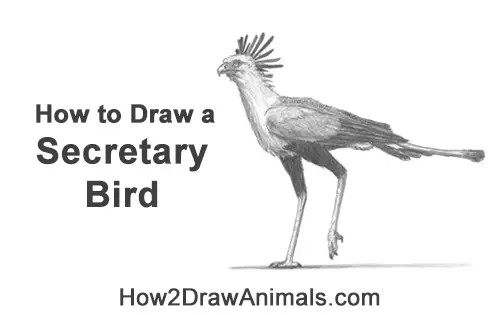
In this free art lesson, you'll learn how to draw a secretary bird step-by-step.
Stay tuned for more free drawing lessons by:
Liking us on Facebook>>
Subscribing on YouTube.com>>
Following us on Instagram>>
All of the tutorials on How2DrawAnimals.com are good drawing tutorials for beginners and experienced artists alike. The online tutorials are easy to follow; they teach you the how to draw basics while showing you how to draw animals step by step. Each animal has a video drawing tutorial option, as well as step-by-step photos and written text to follow.
RELATED TUTORIALS
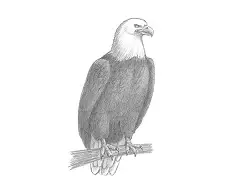 |
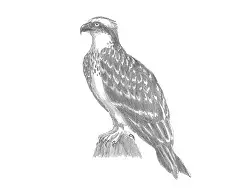 |
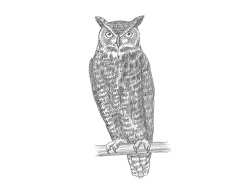 |
To draw this secretary bird step by step, follow along with the video tutorial below and pause the video after each step to draw at your own pace. You may find it easier to follow the step-by-step drawings below the video. The new lines in each step are shown in red, so you'll know exactly what to draw next. You may want to open the video in a new tab and use both drawing methods. Take your time and draw at your own pace.
Below you can watch a Narrated step-by-step video tutorial:
For the first few steps, don't press down too hard with your pencil. Use light, smooth strokes to begin so that it's easy to erase if you make a mistake.
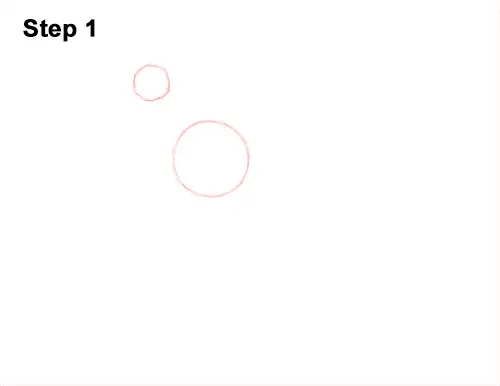
Step 1: Start by drawing two circles as guides for the secretary bird's head and front part of the body. The circle on the top, left side will be the head. To draw each circle, first make four marks to determine the height and width. Then connect the marks using curved lines. If you're struggling to draw the circles, just trace the outer rims of circular objects like coins or bottle caps. For a more detailed guide on the different ways to draw a circle check out this tutorial: Four simple ways to draw a circle. Pay attention the sizes and spacing of the circles.
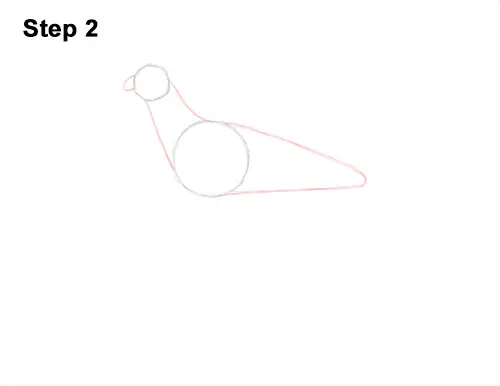
Step 2: Draw a small, curved line on the left side of the head as a guide for the secretary bird's beak. Connect the circles using sloping lines to create the guide for the neck. On the right side of the big circle, draw a long, curved line as a guide for the back portion of the body. The back of the body should be similar to a long arc.
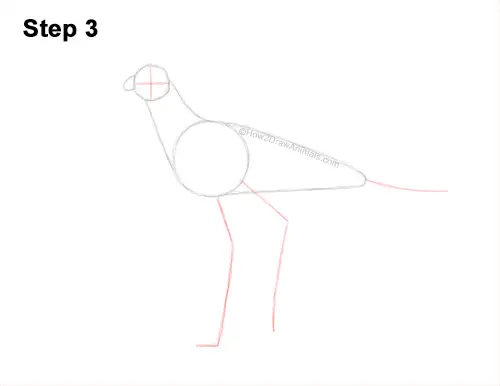
Step 3: Inside the head, draw two intersecting lines as construction guides to help you place the bird's facial features later on. Under the body, draw two long lines as guides for the legs. Bend the lines to indicate the joints and feet. Pay attention to how long the lines are in relation to the body. On the right side of the body, draw a curved, horizontal line as a guide for the tail.
That's it for the guidelines! From this point on, press down harder with your pencil for a more defined drawing of a secretary bird.
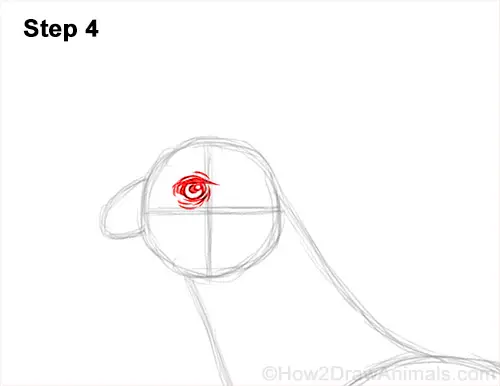
Step 4: Inside the head, draw a small circle for the bird's eye. Place the eye on the top, left side of the guide lines. Draw a thick line on the top part of the circle for the eyelashes. Make the sides of the shape pointy for the corners of the eye. Inside the eye draw a tiny circle for a highlight and a small circle for the pupil. Shade in the pupil. Add a couple of curved lines around the eye to indicate the eyelid and wrinkles. The eye should be big in relation to the head.
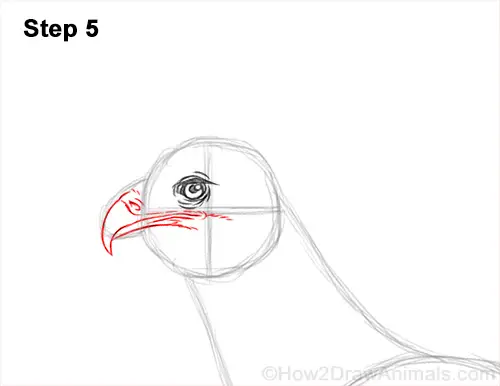
Step 5: Use the small arc on the left side of the head as a guide to draw the secretary bird's beak. Follow the basic path of the guide but curve the shape down to create the pointy tip. Draw a few lines at the bottom of the shape to separate the mouth and the bottom part of the beak. Extend the mouth to the left so that it's under the eye. Add a small, oval-like shape on the top part of the beak for the nostril.
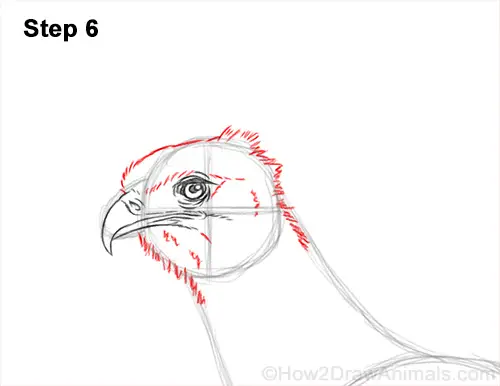
Step 6: Use the initial circle as a guide to draw the bird's head. Follow the path of the circle but make the shape wider and flatter. Use short strokes as you define the head for a feathery texture. Add a few more short strokes around the eye to separate the feathers from the bare skin.
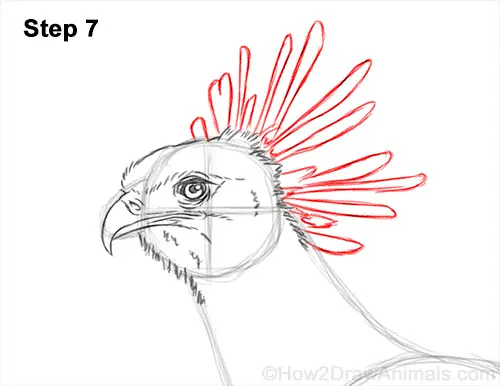
Step 7: Draw the crest of feathers on the back of the secretary bird's head using long, thin shapes. The top of each feather should be wide and curved and the bottom narrow. Make the feathers different sizes and widths. Rotate the feathers so that they have a vertical orientation at the top and a horizontal orientation at the bottom.







